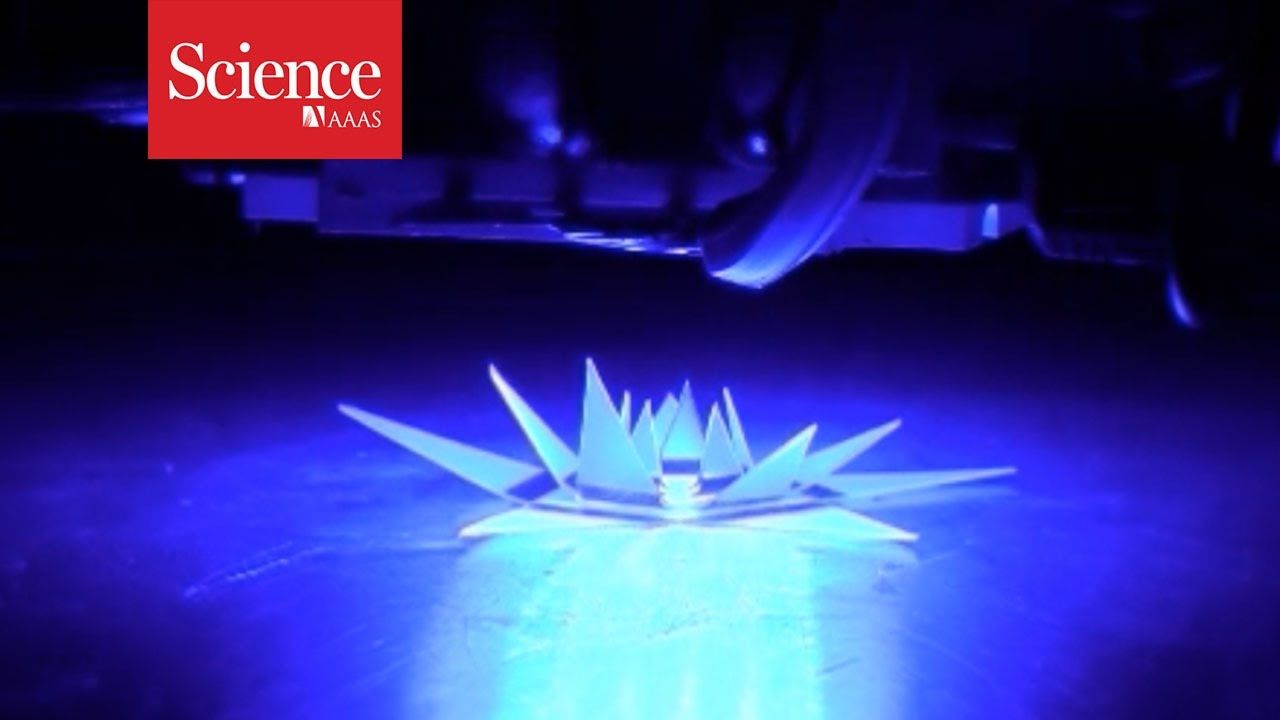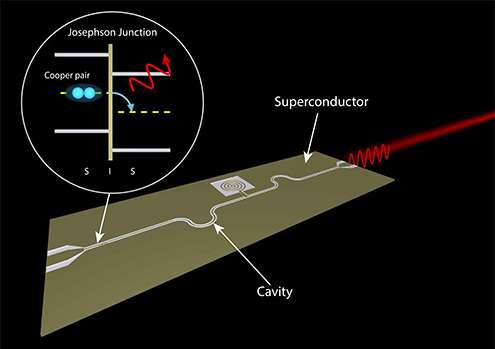Mar 4, 2017
Mars astronaut radiation shield set for moon mission trial: Developer
Posted by Klaus Baldauf in categories: biotech/medical, space travel
HAIFA, Israel A vest designed to shield astronauts from deadly solar particles in deep space is set for trials on a lunar mission ready for deployment on any manned mission to Mars, its Israeli developers said.
The AstroRad Radiation Shield has been devised by Tel Aviv-based StemRad, which has already produced and marketed a belt to protect rescue workers from harmful gamma ray radiation emitted in nuclear disasters, such as Chernobyl and Fukushima.
The vest will protect vital human tissue, particularly stem cells, which could be devastated by solar radiation in deep space or on Mars, whose sparse atmosphere offers no protection, StemRad’s CEO Oren Milstein said.
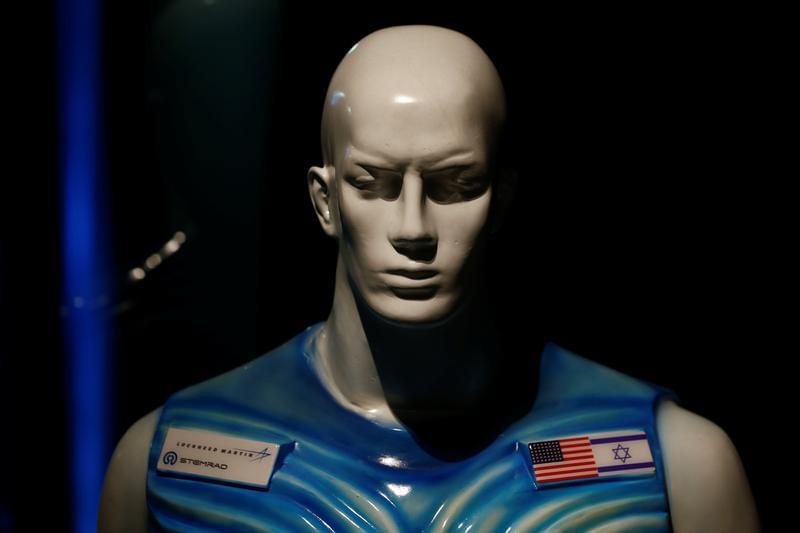
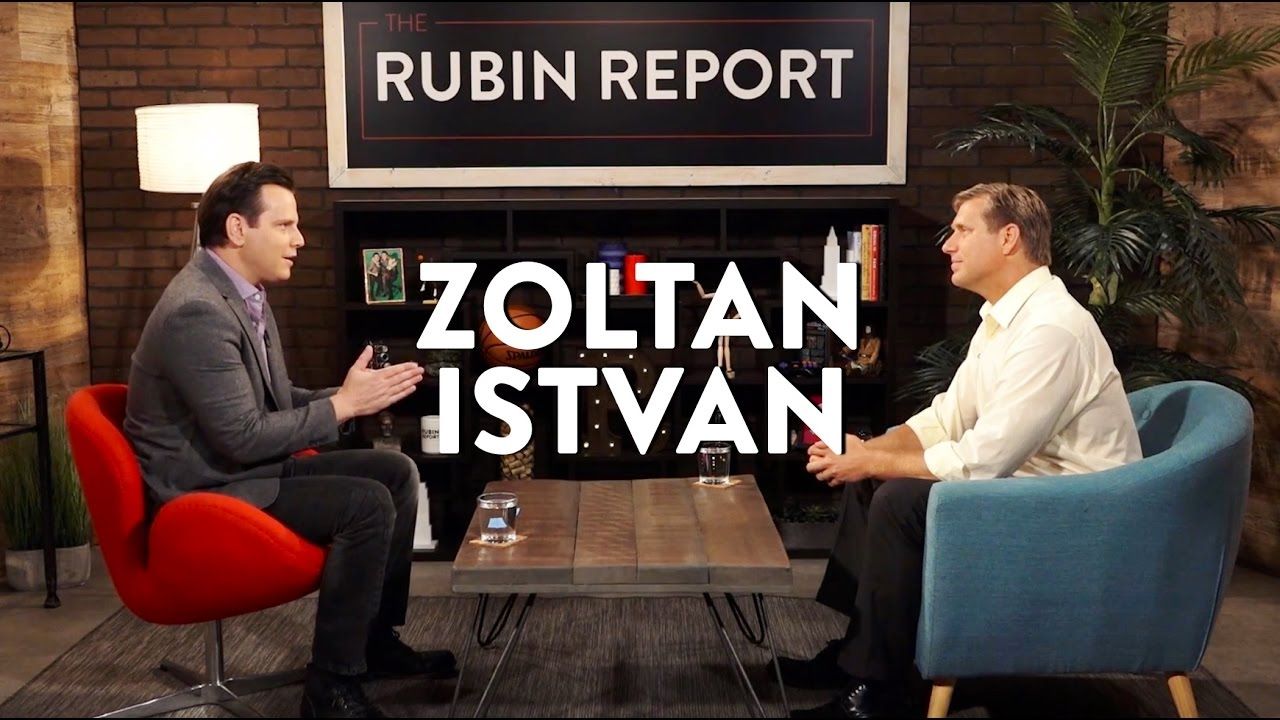
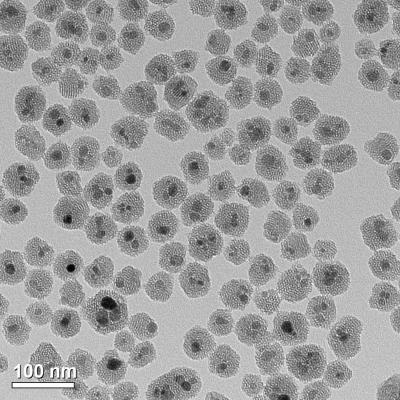
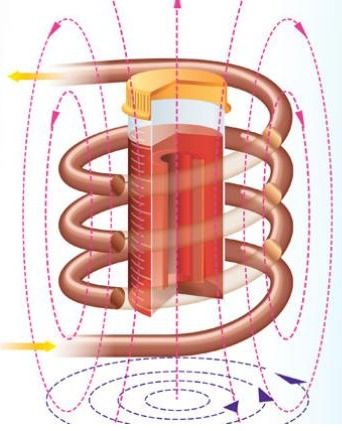
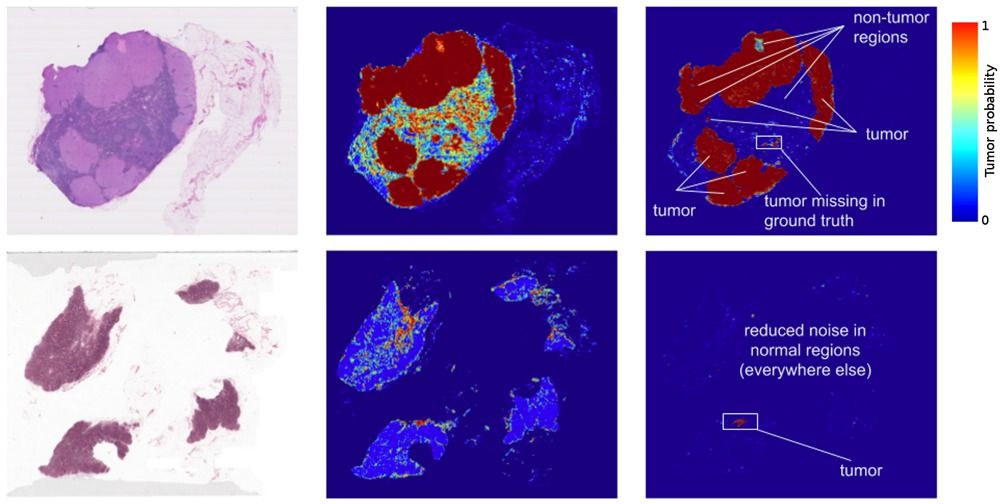
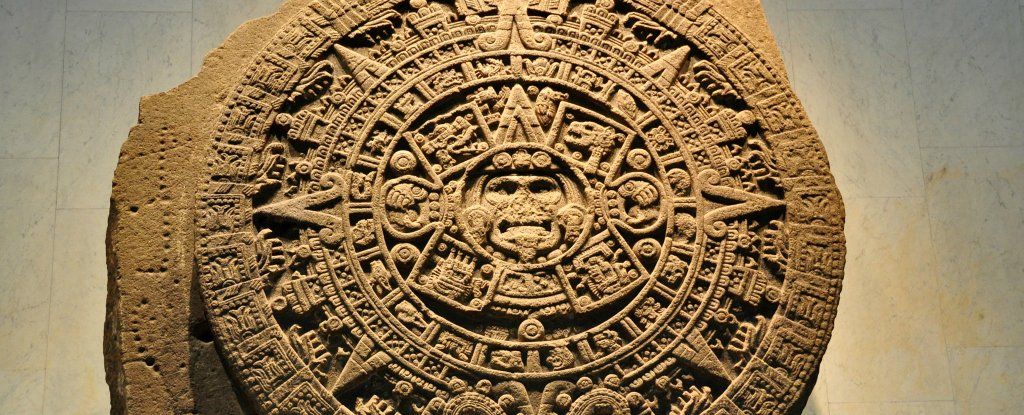
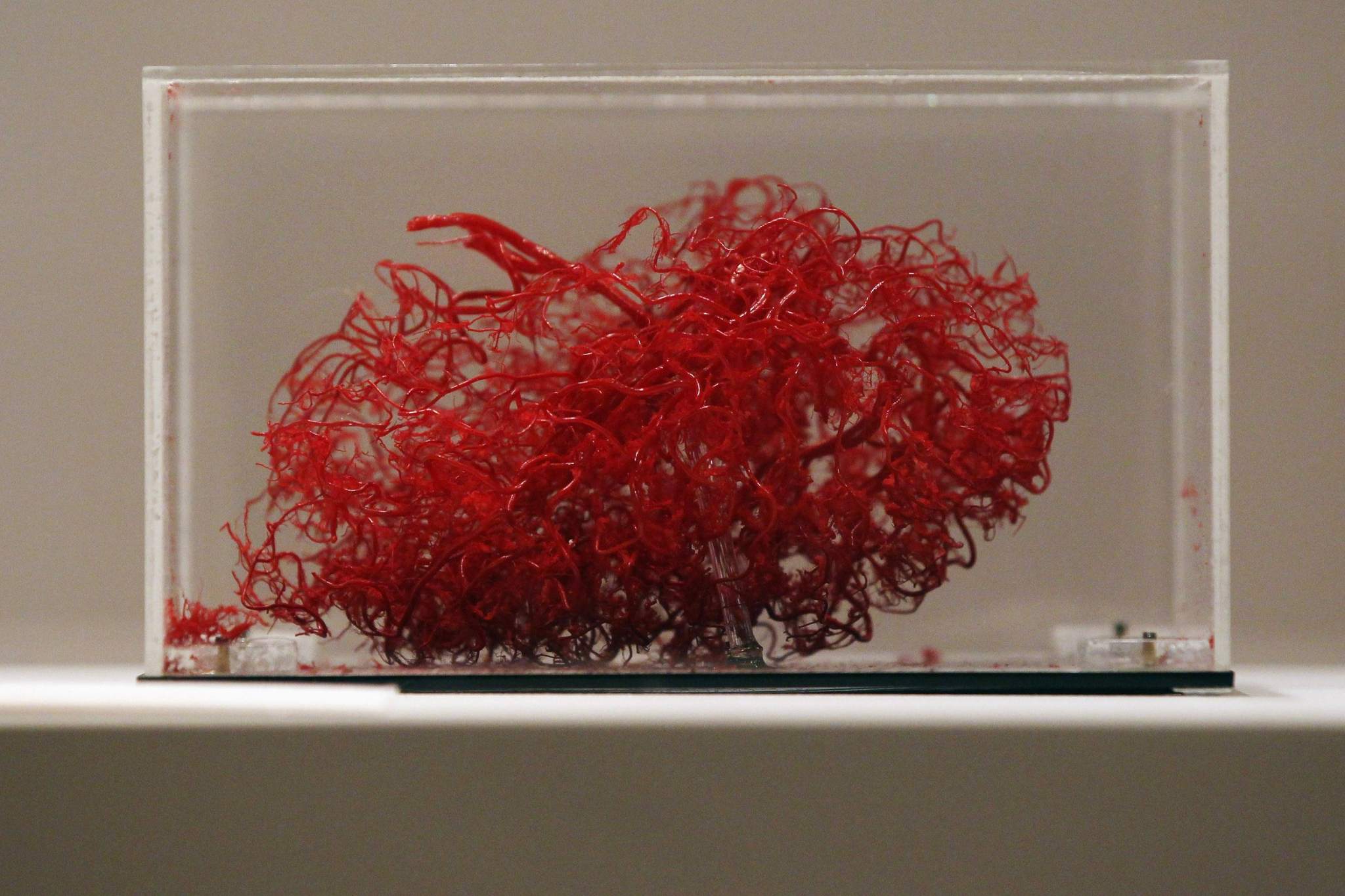
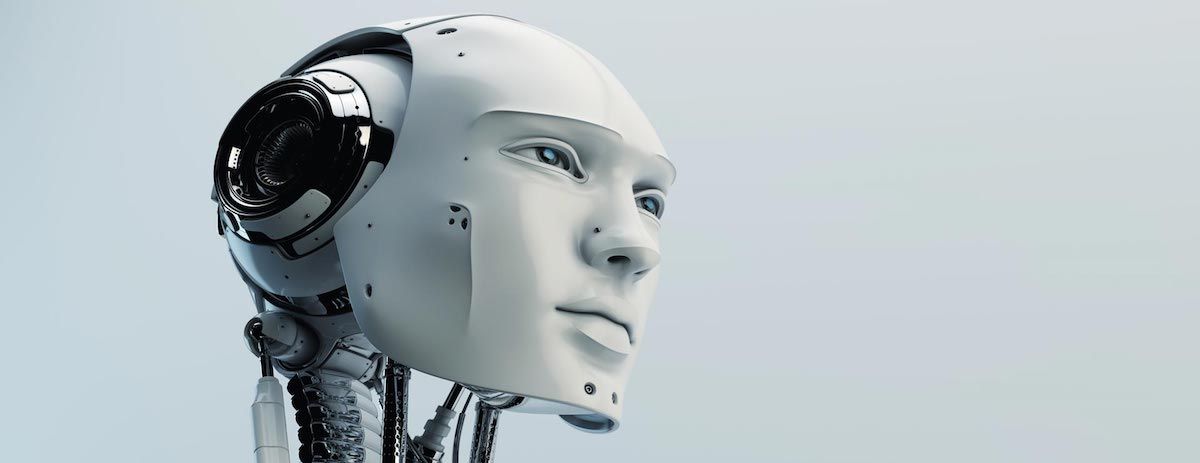
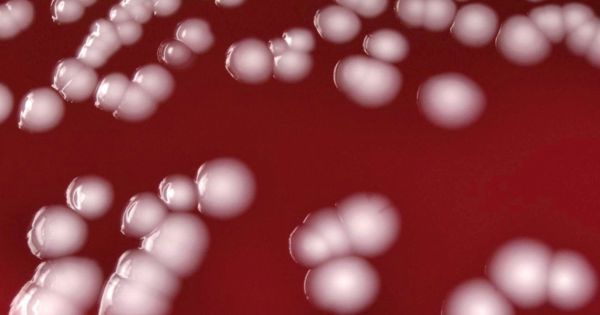
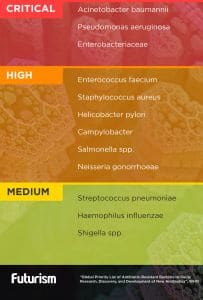 microbes could take more than a decade to develop. In an effort to stress the urgency of this rising resistance, the World Health Organization (WHO) created a list of the twelve deadliest superbugs with which we are currently dealing.
microbes could take more than a decade to develop. In an effort to stress the urgency of this rising resistance, the World Health Organization (WHO) created a list of the twelve deadliest superbugs with which we are currently dealing.
